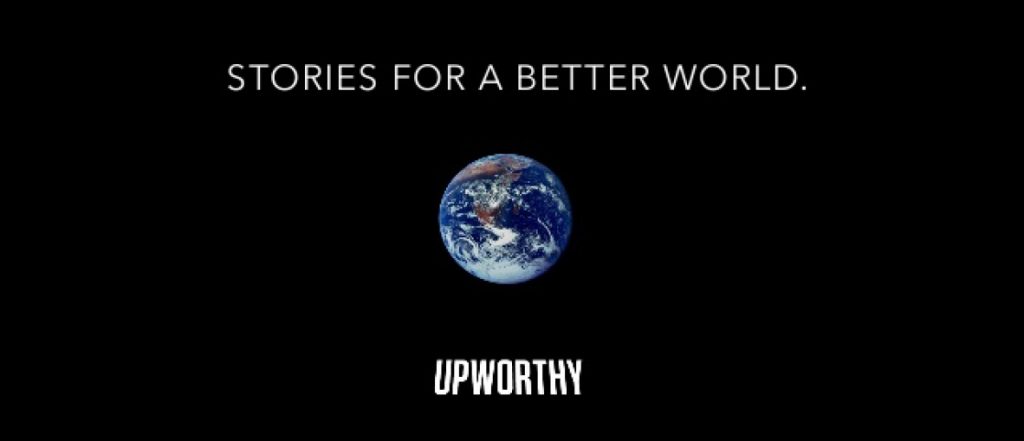CHALLENGES
- MICAH L. SIFRY
- July 22, 2015
- 2:45 pm
Color of Change is raising money for a PI to look into #SandraBland; the White House creates Twitter handle @TheIranDeal; and more.
This may be a first in online fundraising: Color of Change is trying to raise money to hire a private investigator to investigate the Texas Department of Public Safety, the Walter County prosecutor and sheriff responsible for handling Sandra Bland, who died nine days ago in police custody after being arrested for a minor traffic violation.
Very related: Freelance journalist Ben Norton notices that the official dash-cam video released by the Texas Department of Public Safety includes several bizarre edits, leading filmmaker Ava DuVernay to tweet: “I edit footage for a living. But anyone can see that this official video has been cut. Read/watch. Why?”
The Knight Foundation is announcing the winners of its latest News Challenge, focused on elections, this morning at the Annette Strauss Institute for Civic Life in Austin, starting at 10:30am ET. You can watch live here.
Our Jessica McKenzie has a report on one of the most interesting winning projects: “Informed Voting from Start to Finish,” a collaboration between Turbovote, e.thePeople, and the Center for Civic Design.
Congrats as well to the Internet Archive, which also won a News Challenge prize for its 2016 political ad tracker. Today the Archive and the GDELT Project are launching two amazing visualizations of TV news coverage, one focusing on how money flowed through campaign advertising in Philadelphia during the 2014 election cycle, and the other showcasing an innovative way of seeing what got picked up and rebroadcast from President Obama’s 2015 State of the Union address. One fun finding: the most popular video clip from Obama’s speech was when he ad-libbed his response to Republicans cheering his declaration that he had “no more campaigns to run.” As Kalev Lateru of George Washington University and GDELT (Global Database of Events, Language and Tone) says, “What you are seeing here is a first glimpse of a whole new way of exploring television, using enormously powerful computer algorithms as a new lens through which to explore the Internet Archive’s massive archive of television news.”
Brave New Internet of Things: With the help of two hardworking car security researchers, Wired’s Andy Greenberg completely owns the story of how today’s connected cars can being remotely taken over by hackers accessing their controls through a vulnerability in their Uconnect system.
Chrysler is already taking steps to patch the security hole exposed by Greenberg’s hacker friends, Charlie Miller and Chris Valasek, but many drivers probably won’t take their cars in for a repair, leaving them vulnerable. Miller estimates that as many as 471,000 vehicles on the road may be at risk.
Coincidentally, Senators Ed Markey (D-MA) and Richard Blumenthal (D-CT) yesterday introduced the Spy Car Act, calling on the FTC and the National Highway Traffic Safety Administration to take steps to protect driver privacy and security against outside hacks.
The war of words between Uber and New York Mayor Bill De Blasio continued to escalate, Matt Flegenheimer of the New York Times reports, with the mayor and his political allies now comparing Uber to corporate behemoths like Wal-Mart.
Interviewed in Rome where he is attending a Vatican conference on climate change, De Blasio told The Guardian, ““I think it’s clear that as a corporation, as a multibillion dollar corporation, Uber thinks it can dictate to government. I remind them that the government represents the people and the people’s larger interest, and that is more important than any one company’s needs.” He also mentioned that he had commiserated with the mayor of Paris, whose own taxi drivers are also at war over the Uber issue.
Ben Popper of The Verge takes a close look at Uber’s claim that the city’s proposed one-year slowdown on the growth of ride-hailing services would kill its business and concludes, “The claim that 10,000 new jobs would disappear if Uber can’t license an unlimited supply of new cars is pretty hard to swallow.”
In case you think Uber is just like any other tech company trying to get local governments to welcome its business, it’s worth reading Bloomberg News’ Karen Weise’s story from a month ago on how Uber conquered its critics in Portland, Oregon.
The White House has created a Twitter account for @TheIranDeal. The account mainly follows media figures, which makes sense because it’s part of the Obama administration’s sales push for the agreement. But I was kind of hoping @TheIranDeal would also follow something like @NAFTA, or at least @TheNewDeal.
Nicko Margolies, the manager of the Sunlight Foundation’s now defunct Politwoops projects, points out to The Hill’s Mario Trujillo that there’s nothing stopping private individuals from keeping track of deleted tweets from politicians. “If we weren’t sort of a work-in-the-open organization, you could run Politwoops and just not tell anyone,” he tells her. “And I think Twitter probably wouldn’t find out,” he says at another point, before quickly adding, “That’s not an endorsement.”
The U.S. Department of Agriculture is putting up $75 million in loans and $11 million in grants to increase broadband access in rural areas in seven states.
Facebook doesn’t have standing to challenge search warrants on behalf of its customers, a NY state appeals court ruled yesterday, James McKinley Jr. reports for the New York Times.
Here’s an important data point from Josh Israel’s excellent report on the state of the progressive netroots for Think Progress: “In 2006, the prominent progressive blog MyDD listed a progressive blogroll of the top websites in each of 43 states. Today, just 18 of those remain active.”
RIP E.L. Doctorow, one of America’s great writers. Take a moment and ponder, or savor, what he had to say a year-and-a-half ago about the internet and culture when he received the National Book Award medal for his distinguished contribution to American letters.
I wonder if politicians will find this useful: The team behind Delicious has just released Dmail, a Chrome extension that lets you send email that self-destructs.





